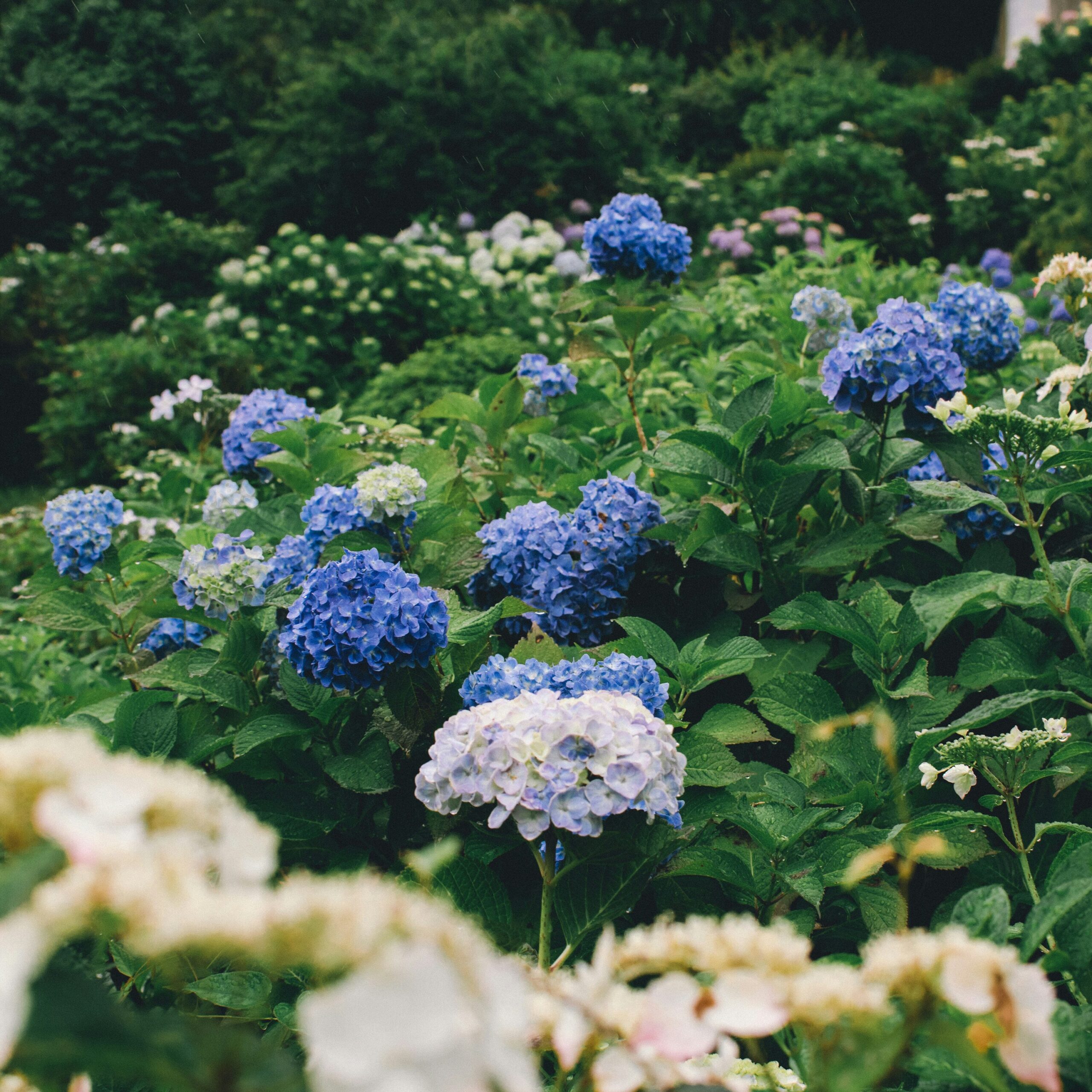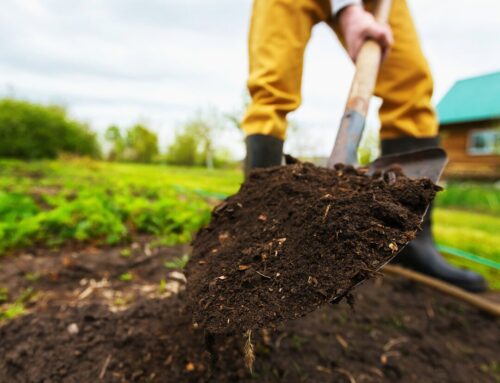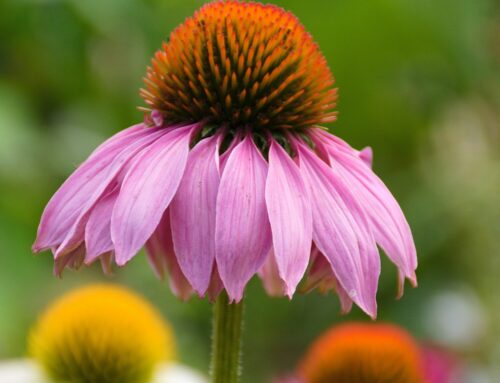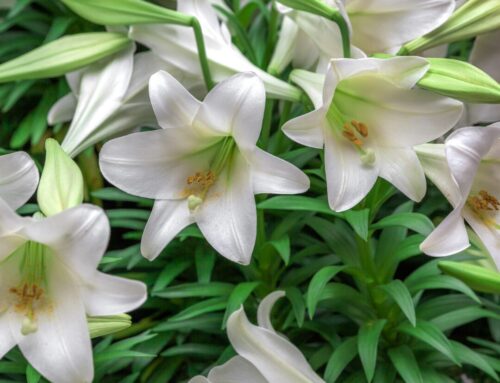Hydrangeas, also known as hortensia, are renowned for their stunning blooms and versatile applications in landscaping, medicine, and horticulture. These easy to grow plants add a burst of color to the landscape. They make a great addition to any garden. Hydrangeas are fantastic beginner plants and do well in a variety of water and sunlight conditions.
Botanical Background:
- Hydrangeas are deciduous or evergreen shrubs with simple, opposite leaves and large, showy flower heads.
- These plants typically thrive in temperate regions and are native to Asia and the Americas.
- The larger flowers of a hydrangea are actually small leaves called ‘sepals’ that protect the flower buds in the center.
Historic Significance:
- In Japanese culture, hydrangeas symbolize gratitude, understanding, and apology, often featured in art and literature.
- European explorers introduced hydrangeas to the Western world in the 18th century, where they quickly gained popularity among horticulturists and garden enthusiasts.
Medicinal Use:
- Various parts of the plants are utilized in traditional medicine for their purported therapeutic properties.
- In traditional Chinese medicine, Hydrangea macrophylla is processed and used to promote diuresis and alleviate inflammation.
- Care must be taken as Hydrangeas are poisonous to people and pets.
Horticultural Delight:
- Hydrangeas are cherished for their profusion of blooms, ranging in color from vibrant blues and pinks to soft whites and purples.
- These plants are popular choices for garden borders, containers, and cut flower arrangements, adding splashes of color and texture to landscapes.
- Hydrangea cultivars offer a wide array of flower shapes, sizes, and colors, catering to diverse aesthetic preferences and design schemes.
Landscape Design:
- Hydrangeas serve as versatile elements in landscape design, offering year-round interest with their foliage, blooms, and architectural form.
- They provide structure and visual appeal as focal points, hedges, mass plantings, or accents in mixed borders.
- Hydrangeas complement various garden styles, from formal to cottage gardens, and thrive in both sun and partial shade conditions, offering flexibility in design implementation.
Cultivation and Care:
- Hydrangeas prefer well-drained, fertile soils.
- They do best in partial shade with early morning sunlight, but tolerate full sun with adequate irrigation.
- Proper pruning, typically performed after flowering, helps maintain plant vigor and shape while encouraging prolific blooming.
- Depending on the species and cultivar, hydrangeas may exhibit different flowering habits, which require tailored techniques to encourage healthy blooming.
Environmental Benefits:
- Hydrangeas contribute to ecosystem health by providing habitat and food sources for pollinators, such as bees and butterflies.
- Their extensive root systems help stabilize soil, prevent erosion, and improve water infiltration, enhancing soil health and mitigating runoff.
- Hydrangeas are resilient to various environmental conditions and can thrive in urban and suburban landscapes, contributing to green infrastructure and urban biodiversity.





